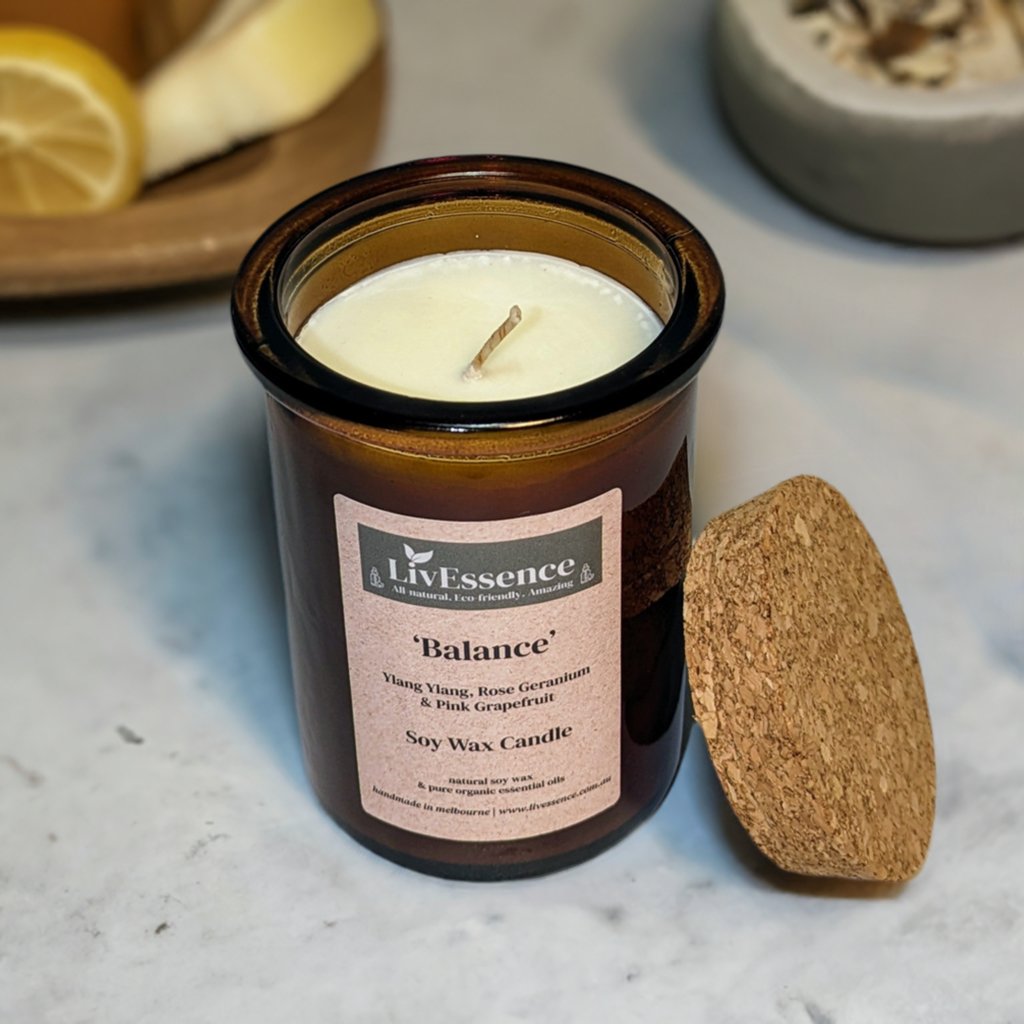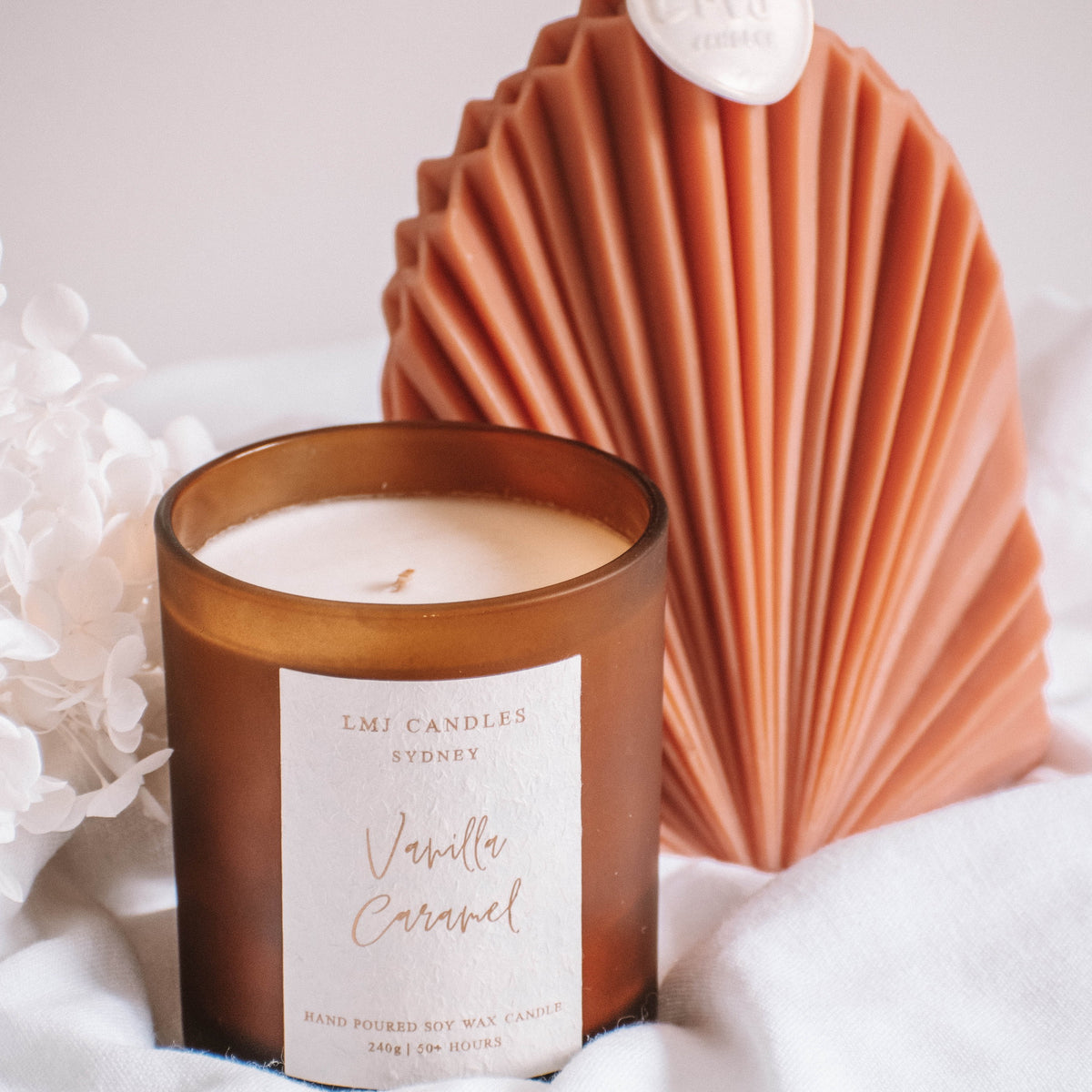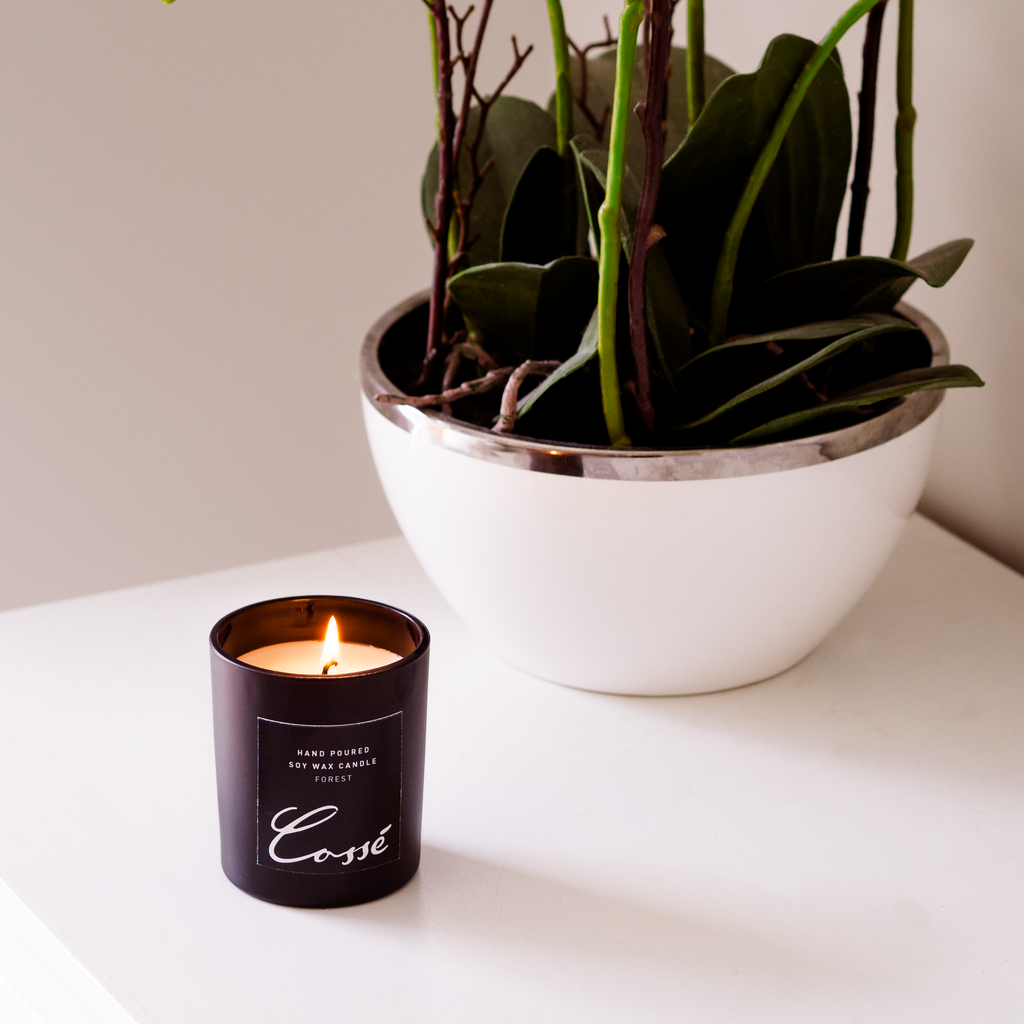Checking Out the Art of Hand-Pouring Soy Wax Candles: Tips for a Loosening Up Do It Yourself Task
Crafting soy wax candle lights through the art of hand-pouring can be a enjoyable and restorative do it yourself task for those looking for an imaginative electrical outlet. The procedure of meticulously melting, blending, and pouring fragrant wax into containers provides a feeling of mindfulness and success. As each step unfolds, from picking the products to including individualized touches, the trip of creating your very own candles becomes a relaxing and fulfilling experience. Join us as we discover the vital pointers and methods that can elevate your candle-making abilities and transform this craft right into a relaxing ritual worth delighting in.

Picking the Right Products
When getting started on the hand-pouring of soy wax candle lights for a successful and pleasurable Do it yourself task,Picking the appropriate materials is paramount. The first essential item to take into consideration is the soy wax itself. Go with high-quality, natural soy wax flakes that are specifically created for candle light making. These flakes are easier to measure and thaw consistently, ensuring a smooth and also burn for your candle lights. Furthermore, choose scent oils that are particularly developed for candle making to ensure a solid and enduring aroma throw.
When it comes to wicks, choosing the right dimension is essential. The size of the wick will certainly figure out exactly how well your candle burns. As well tiny of a wick might cause tunnelling, where the wax burns down the center, leaving excess wax along the sides. Conversely, a wick that is too huge can trigger smoking cigarettes and irregular burning. Exploring with different wick dimensions and kinds can aid you achieve the ideal burn for your soy wax candles.
Starting With Soy Wax
In making certain the effective initiation of your hand-pouring soy wax candle light job, comprehending the fundamental aspects of dealing with soy wax is vital. Soy wax, stemmed from soybean oil, is a prominent choice for candle making because of its green nature, clean shed, and capability to hold scent well. To start functioning with soy wax, you will certainly require to thaw it to a details temperature level array, generally between 170-180 ° F(77-82 ° C), utilizing a double boiler or microwave method. It is important to utilize a thermostat to keep an eye on the wax temperature level properly, as getting too hot can influence the high quality of your candle lights.
Keep in mind to follow the suggested scent load for soy wax to stop issues like bad aroma throw or wick obstructing. Mastering the art of functioning with soy wax is a fundamental action towards producing beautifully hand-poured candles.

Choosing Scents and Colors
When considering fragrances and colors for your hand-poured soy wax candle lights, it is necessary to choose choices that enhance each other harmoniously. The aroma of a candle can evoke different feelings and set the atmosphere in an area, making scent selection a vital aspect of candle-making - crystal soy candles. Go with scents that line up with the function of the candle light; calming fragrances like lavender for leisure, invigorating fragrances like citrus for power, or cheery scents like cinnamon for warmth
Shades play a considerable duty in enhancing the visual appeal of your candles. Think about the state of mind you desire to develop and the environment where the candle will be used. Soft pastel colors can produce a tranquil ambience, while bold and bright colors can add a pop of vibrancy. Furthermore, discover here you can match the color of the candle to its fragrance for a natural appearance and experience. Experiment with different color combinations to find what resonates finest with your style and intended use of the candle lights. Keep in mind, the appropriate scent and color choices can raise your hand-poured soy wax candle lights into works of art that joy both the eyes and the senses.
Mastering the Putting Strategy

Additionally, managing the temperature level of the soy wax is vital for effective putting. The wax ought to be warmed to the recommended temperature defined in the candle-making directions to ensure appropriate uniformity for putting. A thermometer can be utilized to check the wax temperature throughout the putting procedure.
Practicing the putting method is essential for enhancing abilities and achieving a professional-looking result. Trying out different putting methods and speeds can assist candle light manufacturers perfect their method and develop beautifully crafted hand-poured soy wax candles.
Including Personal Touches
To elevate the uniqueness of hand-poured soy wax candles, including individual touches enables for uniqueness and creative thinking to beam through in each production. One method to customize candles is by picking scents that evoke feelings or memories, such as the aroma of a preferred flower or a comforting fragrance from childhood years.
In addition, personalizing the container can add an unique touch to the candle light. Think about decorating the vessel with tags, bows, or charms that show your personal design or the designated theme of the candle light (home fragrance). This not only develops a special look yet likewise makes the candle a thoughtful present for family and friends
Final Thought
To conclude, hand-pouring soy wax candle lights is a relaxing and satisfying DIY task that allows for creative thinking and customization. By selecting the ideal materials, understanding the pouring navigate to this website strategy, and adding individual touches, individuals can create special candles customized to their preferences. Whether for individual use or as presents, this art type offers a therapeutic and meeting experience for those aiming to explore their creative side.

Taking into consideration the relevance of scent and color option in producing visually attractive and mood-enhancing hand-poured soy wax candle lights, understanding the pouring method is the next essential step towards attaining a professional finish.